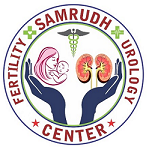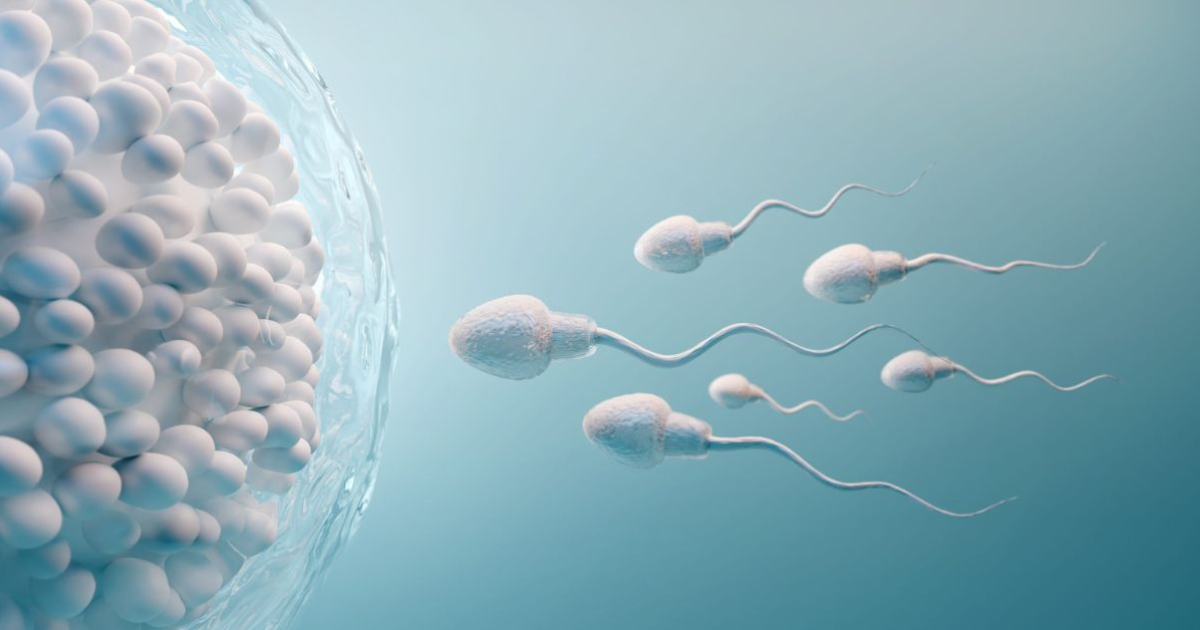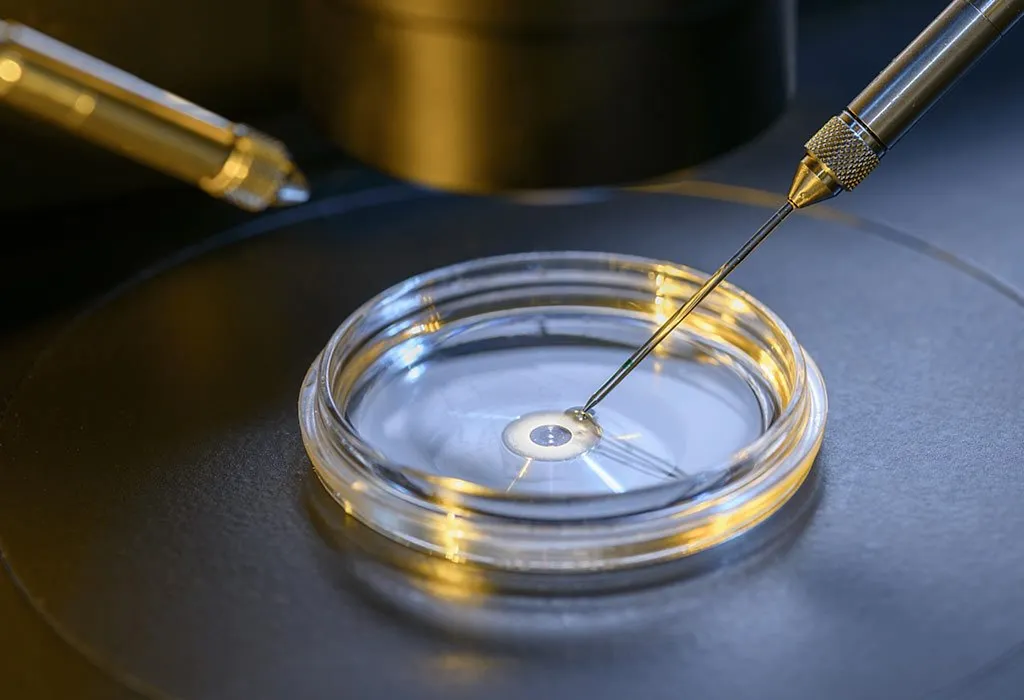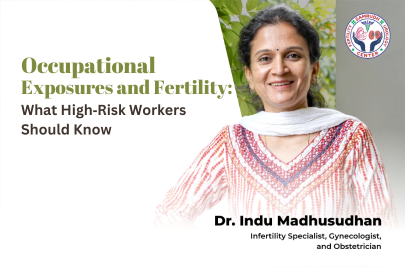Understanding Sperm Cramps
Male health issues related to reproductive functions are crucial considerations for overall well-being. Among these, sperm cramps an often overlooked condition deserve deeper understanding due to their potential impact on male fertility and quality of life. While common discussions around men’s reproductive health often revolve around erectile dysfunction or prostate problems, sperm cramps, also called epididymal hypertension or “blue balls,” are equally significant despite being less frequently addressed.
Sperm cramps are described as discomfort, heaviness, or pain in the testicles and pelvic region, typically linked to sexual arousal without ejaculation. Although temporary and generally harmless, they can cause significant anxiety and distress for men experiencing them. Recognizing the causes, symptoms, and management options helps create awareness and encourages men to take timely steps toward better reproductive health.
Causes of Sperm Cramps
Sexual Arousal Without Ejaculation
The most common cause of sperm cramps is prolonged sexual arousal without ejaculation. During arousal, blood vessels in the pelvic region and genitals expand, increasing blood flow and fluid buildup. If ejaculation does not occur, this congestion can lead to pressure and discomfort in the epididymis, the tube where sperm mature and are stored. The sensation is often described as a dull ache or heaviness in the scrotum.
Physical Activity and Strain
Intense physical activity or strain, particularly those involving the pelvic muscles, can worsen sperm cramps. Long hours of cycling, weightlifting, or even continuous sitting may impair blood circulation, thereby amplifying discomfort in the genital area. This physical strain, when combined with prior sexual arousal, can make symptoms more noticeable.
Prostate Issues
Disorders of the prostate gland can sometimes mimic sperm cramps. Prostatitis, which is the inflammation of the prostate often caused by infection, can radiate pain to the testicles. Similarly, benign prostatic hyperplasia (BPH), a non-cancerous enlargement of the prostate, may create urinary difficulties and pelvic discomfort that resemble sperm cramps.
Psychological Factors
Stress, anxiety, and emotional tension play a subtle but powerful role. Mental stress can impact circulation and muscle tone in the pelvic region, triggering or worsening cramps. Additionally, men experiencing prolonged psychological stress may face irregular arousal patterns or delayed ejaculation, which intensifies congestion-related pain.
Hormonal Imbalance
Although less common, hormonal fluctuations in testosterone and other reproductive hormones can affect sperm health and circulation. Inconsistent hormone levels disrupt normal reproductive function and may contribute to pelvic discomfort that feels like sperm cramps.
Symptoms to Identify
The symptoms of sperm cramps can vary in severity but typically include:
A dull ache or throbbing sensation in the testicles.
Heaviness or fullness in the scrotum.
Pain that worsens with extended arousal.
Relief following ejaculation or adequate rest.
While most cases resolve naturally, persistent or severe symptoms, particularly those accompanied by swelling, fever, or unusual discharge, require medical evaluation.
Impact on Male Fertility and Reproductive Health
Although sperm cramps themselves are usually harmless, repeated or chronic discomfort may indicate deeper reproductive issues such as varicocele, epididymitis, or prostate disorders. These conditions, if untreated, can affect sperm production, quality, and overall fertility.
Table: Male Fertility Trends in India
| Condition | Prevalence (%) | Impact on Fertility |
|---|---|---|
| Varicocele | 15% | Reduces sperm quality, linked to infertility |
| Prostatitis | 8–10% | Causes pelvic pain and semen abnormalities |
| Low sperm motility | 25% | Lowers conception chances |
| Stress-induced dysfunction | 20–25% | Impacts hormonal balance and sperm health |
Source: Indian Journal of Urology, National Health Data 2023
These numbers show how discomfort such as sperm cramps should not be dismissed casually, as they may highlight larger concerns affecting fertility and overall reproductive health.
Treatment and Management
Ejaculation
One of the simplest ways to relieve sperm cramps is through ejaculation. Ejaculation releases accumulated fluids, reduces pelvic pressure, and relaxes surrounding muscles, thereby resolving the sensation of discomfort.
Physical Rest
Taking adequate rest and avoiding strenuous physical activities helps the body recover from congestion and muscle strain. Short breaks from long sitting hours also improve circulation and reduce pelvic discomfort.
Warm Compress
Applying a warm compress to the scrotal region encourages better blood circulation and muscle relaxation, which can ease the cramps. This non-invasive home remedy is widely effective for mild cases.
Hydration
Staying hydrated ensures smooth blood circulation and prevents cramping tendencies across the body, including the pelvic region. Adequate water intake supports both metabolic and reproductive health.
Healthy Lifestyle
A balanced diet, regular exercise, and quality sleep are essential for reproductive well-being. Foods rich in antioxidants, vitamins, and minerals help improve sperm health, while activities like yoga and meditation support hormonal balance and stress management.
Medical Consultation
Persistent pain, swelling, or recurring cramps should prompt a consultation with a healthcare specialist. In cities like Bangalore, clinics specializing in fertility and urology provide diagnostic tools such as semen analysis and ultrasound scans to identify underlying issues.
Psychological and Social Considerations
Male reproductive health is still a sensitive topic in India, where cultural taboos often prevent men from discussing issues openly. According to a 2022 survey, nearly 60% of Indian men delayed visiting a doctor for testicular or pelvic discomfort, often out of embarrassment. Addressing sperm cramps requires not only medical awareness but also social acceptance of male health as an important subject.
Table: Awareness Gap in Male Reproductive Health (India)
| Condition | % Awareness | % Seeking Treatment |
|---|---|---|
| Varicocele | 32% | 15% |
| Prostatitis | 28% | 12% |
| Impact of obesity on fertility | 41% | 20% |
| Smoking-related infertility | 60% | 35% |
The gap between awareness and treatment highlights the importance of spreading accurate information and encouraging men to seek timely medical advice.
When to Seek Medical Attention
Sperm cramps are usually temporary, but medical consultation is necessary if:
The pain is severe or persistent.
Symptoms are accompanied by fever, swelling, or discharge.
There are difficulties with urination or ejaculation.
Discomfort interferes with daily life or sexual activity.
Ignoring these signs may allow more serious conditions to progress unnoticed, making timely diagnosis critical.
Conclusion
Sperm cramps, though often dismissed as minor discomfort, hold greater significance in the context of male reproductive health. They are most commonly caused by prolonged sexual arousal without ejaculation but can also result from physical strain, prostate disorders, psychological stress, or hormonal imbalances. While generally harmless, recurring or severe cramps may signal conditions that affect fertility and long-term well-being.
Promoting awareness, breaking social stigmas, and encouraging open medical discussions are essential steps to address the issue. Lifestyle improvements, home remedies like warm compresses, and medical consultations provide effective relief and prevent complications. For men in cities such as Bangalore, visiting a male fertility specialist ensures timely treatment and personalized care.
By addressing sperm cramps with seriousness, men can protect not only their immediate comfort but also their long-term reproductive health, improving overall quality of life.









